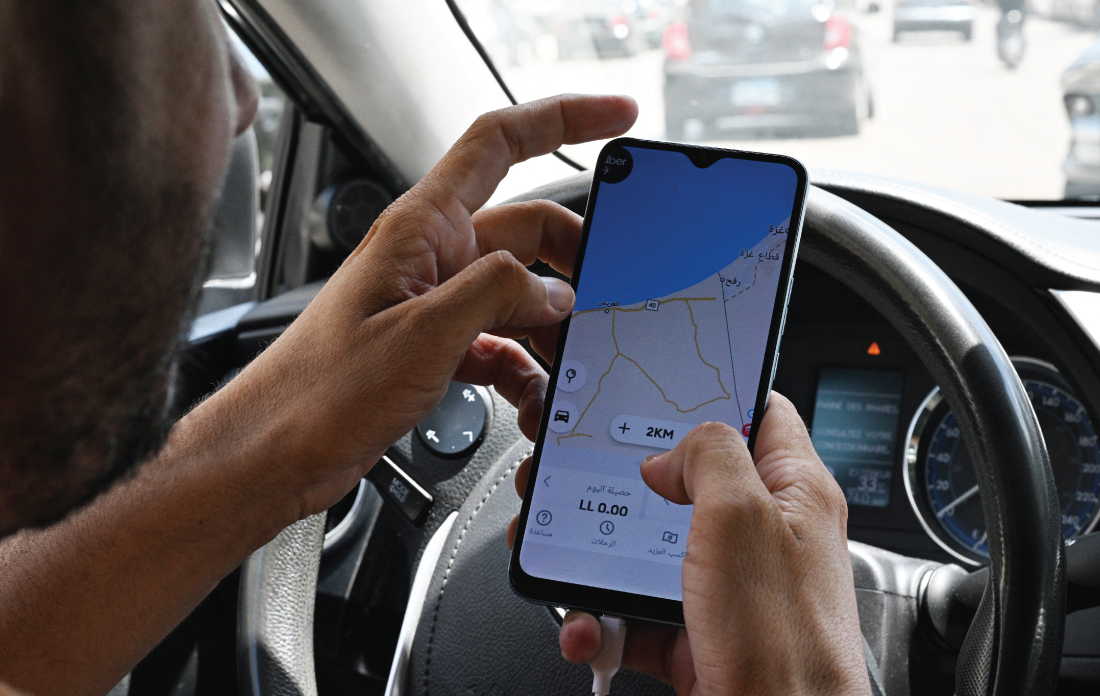Since September 23rd, people in Lebanon have been receiving anonymous messages with threats and calls to evacuate homes in specific areas.
-
Since September 23rd, people in Lebanon have been receiving anonymous messages with threats and calls to evacuate homes in specific areas. The IOF also hacked radio waves, broadcasting “warning” messages while drivers were listening to their car radio. People have been receiving messages through various platforms, including text messages, phone calls from foreign or Lebanese numbers via WhatsApp, as well as calls from Lebanese numbers on mobile or landline phones in a psychological warfare campaign perpetrated by Israel. Journalists reported that the SMS messages were sent through data obtained by mobile companies Alfa and Touch who sold this data to advertising agencies.
Reaching people through WhatsApp and telegram has proven to be even easier. Fake accounts are created using phone lines that can be purchased or activated online. The occupation targets residents of a particular area with messages using the communication data it possesses.
People are sharing WhatsApp and other groups claiming to assist with evacuations and rescues. Some of these groups were created by the Israeli occupation, which established a website and provided a link to a WhatsApp group falsely claiming to offer rescue services.
Phone calls coming from Lebanese numbers do not imply any kind of breach or that they’re even coming from inside Lebanon. They use a method called “masking” which allows the caller’s number to appear as if it’s from Lebanon while operating from elsewhere. The head of Lebanons telecommunications infrastructure said that around 60,000 calls reached various areas in Lebanon, playing a pre-recorded message ordering people to evacuate their homes on September 23rd alone.
This is an old technique used by Israel during the 2006 war.
In certain cases, Israeli messages reach individuals that the Israeli army claims to know through signal interception rather than phone hacking. According to the technical team at SMEX, a digital rights and freedom group advocating in West Asia and North Africa, this can happen by monitoring the phone connected to the network and the internet, identifying the closest antenna to determine the location of the person connected to it, among other methods. An Israeli drone could also intercept the signals between this antenna and all the phones connected to it, allowing the drone to gather all connected numbers and send calls and short messages to them.
These coordinated cyber infiltration attacks by the Israeli occupation proves its attempts at eavesdropping, hacking, data theft, and network intrusion. SMEX has previously exposed Israel’s capabilities in hacking data and eavesdropping on communications.
-
I’ve been urging all of my family and friends back home to switch to signal. I don’t know a single person who doesn’t use WhatsApp to communicate with people in the Middle East. It’s been the go to for ages, and it’s just not safe. Not ever but especially not right now.
"تؤكّد “منصّة دعم السلامة الرقميّة” في “سمكس” أنّ الهاتف يخزّن بيانات كثيرة، كما أنّ لدى جيش الاحتلال العديد من الحيل التقنيّة التي تمكّنه من تحديد موقع الفرد، سواء من خلال رقم الهاتف، أو اعتراض الشبكة، أو تحليل الترددات والبيانات الوصفية، أو التعاون مع شركات التكنولوجيا الكبرى، "أو الطائرات من دون طيّار.
“The SMEX Digital Safety Support Platform confirms that the phone stores a lot of data, and that the occupation army has many technical tricks that enable it to determine the location of the individual, whether through the phone number, intercepting the network, analyzing frequencies and metadata, or cooperating with major technology companies, or drones.”
This is a good resource to share with anyone you may know there that explains things fairly simply:
(If you have more digital safety resources in Arabic please send my way)

أخبار الحقوق الرقمية في زمن العدوان على لبنان: 2 أكتوبر 2024
بيروت، الأربعاء 2 تشرين الأول/أكتوبر 2024 | أيّام تفصلنا عن مرور سنة كاملة على ذكرى 7 أكتوبر وبدء العدوان الإسرائيليّ…

SMEX (smex.org)
